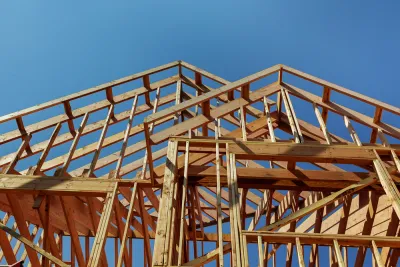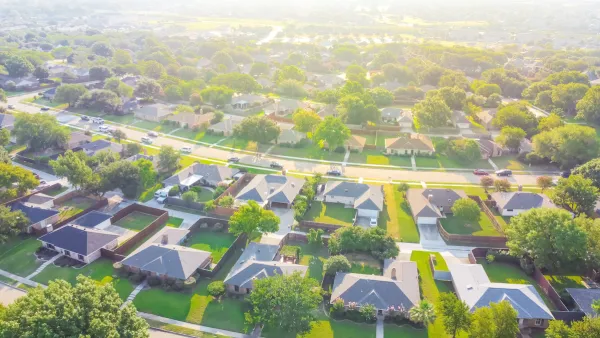Communities with the slowest rates of new housing construction are either heavily undervalued, leading developers to avoid them, or extremely wealthy, giving residents leverage to employ zoning and land use to block development.

The housing shortage, while dire across the board, is hitting American communities differently, with some cities adding housing units at a rapid clip while others are seeing low or non-existent construction. Yonah Freemark of the Urban Institute analyzes the causes of this disparity.
Freemark explains, “I found variation within metropolitan areas stems from two primary trends: significant housing underproduction not only in undervalued communities that cannot attract development but also in many high-housing-cost communities that have leveraged land-use regulations to prevent new construction despite local demand for construction.” Freeman notes that “Indeed, of the nation’s most-in-demand municipalities—those where housing values are at least 30 percent higher than their respective metropolitan areas—less than a third added more housing than their encompassing region, despite plentiful developer demand to build there.”
This results in wealthy suburban enclaves essentially getting a “free ride,” Freemark argues, “watching their property values grow in response to demand—while gas station attendants, teachers, and service industry workers are priced out because of limited housing availability.”
To balance out this inequity, Freemark recommends “place-based investment” that targets undervalued communities and regulations or financial tools to “encourage or require” high-value cities to build more housing. “Such leverage could include conditioning transportation, infrastructure, and housing grant support on land-use rules encouraging housing development.”
FULL STORY: What’s Driving Variation in Housing Supply Nationwide?

Analysis: Cybertruck Fatality Rate Far Exceeds That of Ford Pinto
The Tesla Cybertruck was recalled seven times last year.

National Parks Layoffs Will Cause Communities to Lose Billions
Thousands of essential park workers were laid off this week, just before the busy spring break season.

Retro-silient?: America’s First “Eco-burb,” The Woodlands Turns 50
A master-planned community north of Houston offers lessons on green infrastructure and resilient design, but falls short of its founder’s lofty affordability and walkability goals.

Test News Post 1
This is a summary

Analysis: Cybertruck Fatality Rate Far Exceeds That of Ford Pinto
The Tesla Cybertruck was recalled seven times last year.

Test News Headline 46
Test for the image on the front page.
Urban Design for Planners 1: Software Tools
This six-course series explores essential urban design concepts using open source software and equips planners with the tools they need to participate fully in the urban design process.
Planning for Universal Design
Learn the tools for implementing Universal Design in planning regulations.
EMC Planning Group, Inc.
Planetizen
Planetizen
Mpact (formerly Rail~Volution)
Great Falls Development Authority, Inc.
HUDs Office of Policy Development and Research
NYU Wagner Graduate School of Public Service




























